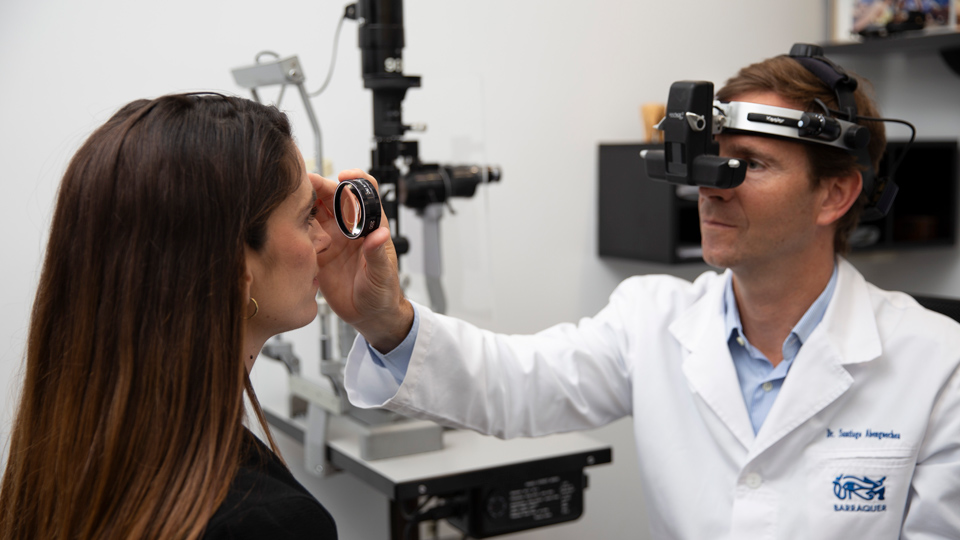Key aspects of visual development in childhood
13/11/2025

06/06/2025
Age-related macular degeneration (AMD) is a chronic eye disease that affects the macula, the central part of the retina responsible for fine and detailed vision. It is one of the main causes of vision loss in people over the age of 55. Although it cannot always be prevented, identifying the risk factors for AMD is essential for early diagnosis and better outcomes.
Anyone can develop this condition, but there are certain groups that are more likely to suffer from it. Knowing who can develop AMD makes it possible to adopt healthy habits and carry out regular eye check-ups that help preserve visual health.
In addition to genetic and medical factors, certain daily habits can also influence the development of this disease:
Adopting a healthy lifestyle, quitting smoking, and having regular eye check-ups are fundamental measures for those who belong to the groups at higher risk of AMD.
Although it is not possible to change factors such as age or genetic load, knowing what increases the risk of AMD allows for decisions that may delay its onset and reduce its impact. If you have risk factors or a family history, consult your trusted ophthalmologist for a complete evaluation.
Dr. Santiago Abengoechea, ophthalmologist at the Barraquer Ophthalmology Centre
La degeneración macular asociada a la edad, conocida también por sus siglas ‘DMAE’, es una enfermedad degenerativa de la mácula que provoca una disminución progresiva de la visión central. La mácula es un área pequeña localizada en el centro de la retina, la capa posterior del ojo que transforma la luz y las imágenes que entran en el ojo en señales nerviosas que son enviadas al cerebro. Actualmente, es la causa más frecuente de disminución severa de la visión en el mundo occidental. En España afecta aproximadamente al 13% de las personas mayores de 65 años. Hablamos con la doctora Sònia Viver, oftalmóloga de Barraquer, para resolver las principales dudas sobre esta patología.